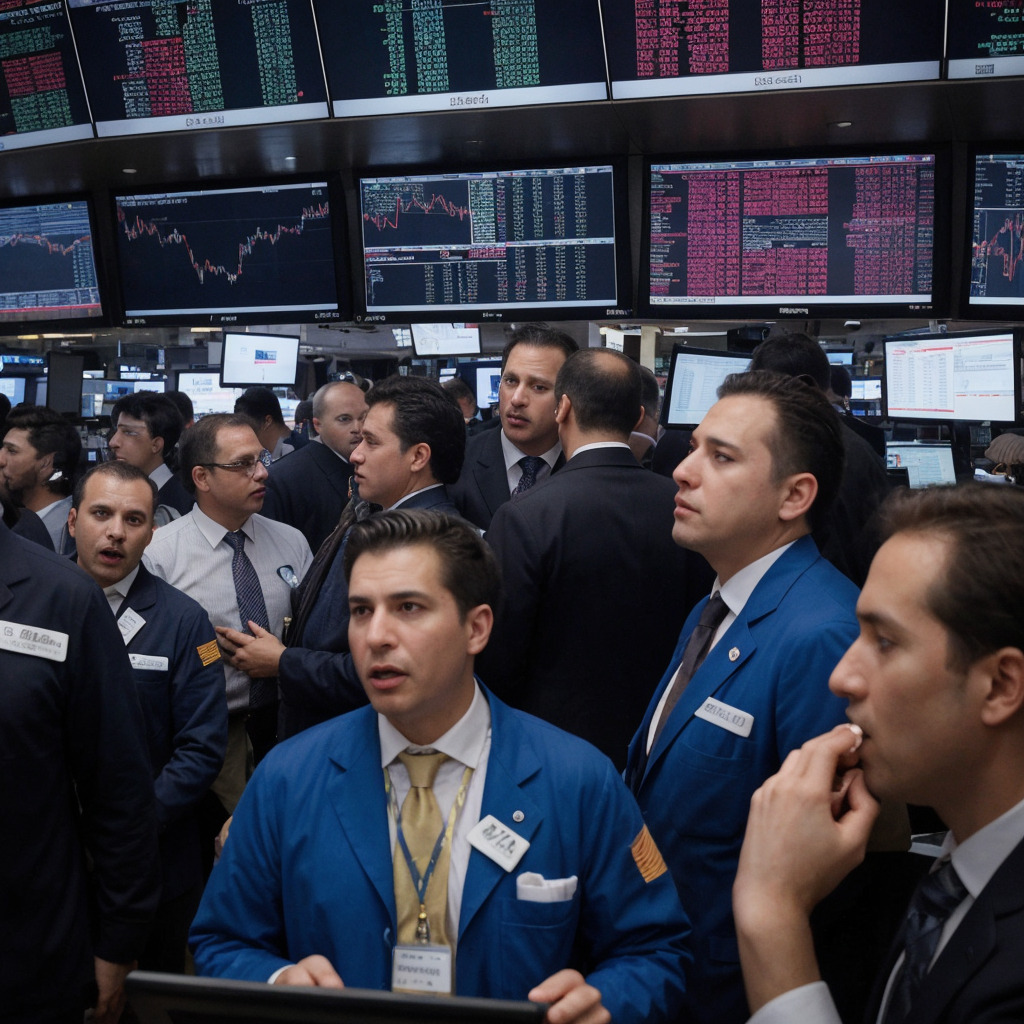The exuberance on Wall Street is palpable, with strategists singing the praises of corporate profits and predicting further gains for the S&P 500. While companies have indeed performed well this earnings season, a closer examination reveals a potential disconnect between these positive results and the market’s remarkable ascent.
Recent financial disclosures indicate robust first-quarter earnings growth for S&P 500 companies, surpassing initial projections. This impressive performance has been bolstered by an unusually high percentage of companies exceeding expectations, defying historical trends. Additionally, earnings estimates for the upcoming quarter have remained steadfast, despite the already strong start to the year.
Such promising financial indicators have fueled the optimism of market analysts, many of whom have revised their S&P 500 targets upwards, citing the strength of corporate earnings. However, a more cautious perspective suggests that this exuberance may be unwarranted.
The current market valuation, measured by the price-to-earnings ratio, has reached levels that significantly exceed historical averages. This suggests that investors are willing to pay a premium for future growth, even though the market has already experienced substantial gains.
A critical analysis of the data reveals a discrepancy between profit growth and market performance. While corporate profits have undoubtedly increased, they have not kept pace with the S&P 500’s extraordinary climb since October. This raises concerns about whether the market’s current valuation is justified by underlying fundamentals.
Some market observers have characterized the recent surge as a “multiple expansion” phenomenon, driven more by optimistic expectations and inflated valuations than by actual earnings growth. This viewpoint highlights the potential risks associated with a market that has become increasingly detached from its fundamental underpinnings.
The prevailing sentiment among investors remains decidedly bullish, as evidenced by various market sentiment indicators. However, the sustainability of this optimism is uncertain, especially given the already substantial influx of capital into the market.
Several potential catalysts could trigger a market correction, including a disruption in the Treasury market, waning demand for artificial intelligence technologies, escalating geopolitical tensions, or a failure to stabilize the Chinese economy.
Even in the absence of a specific trigger event, the market’s lofty valuation may eventually prove unsustainable. As investors grapple with the disconnect between earnings growth and market performance, a reassessment of the S&P 500’s trajectory may become inevitable.


